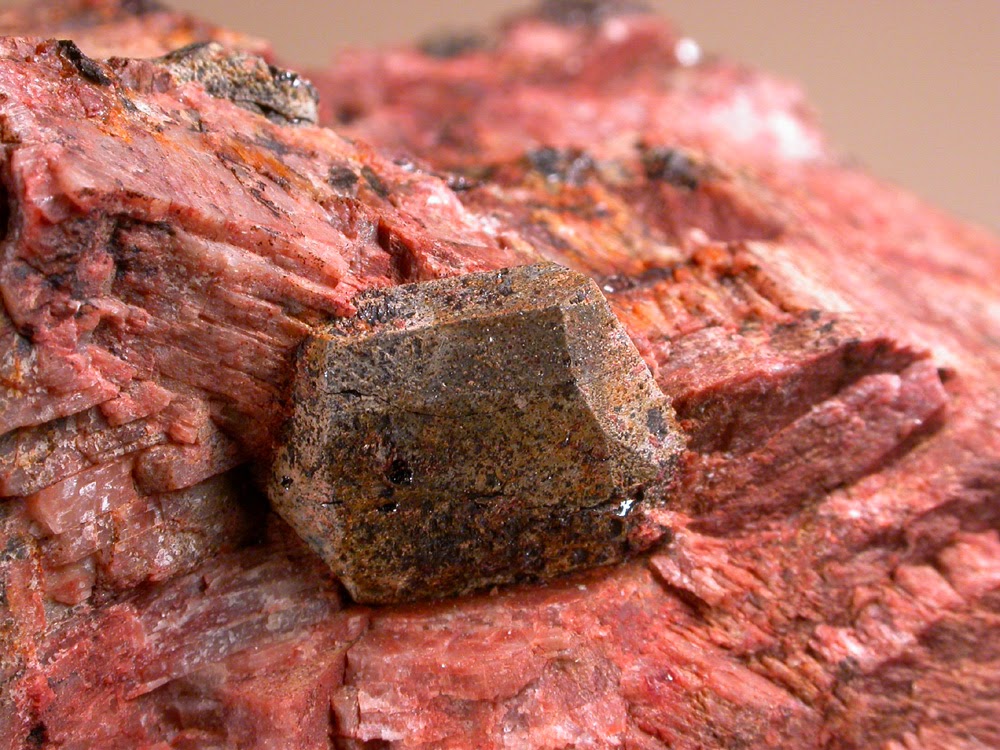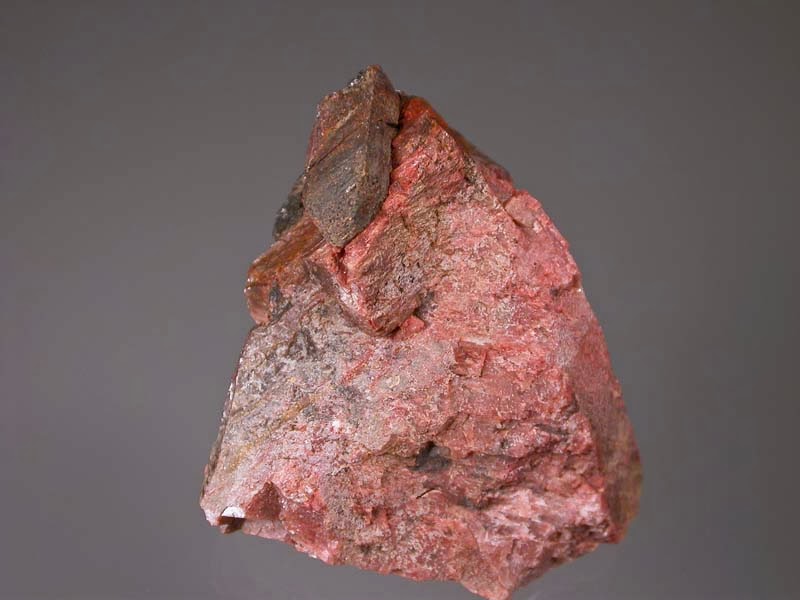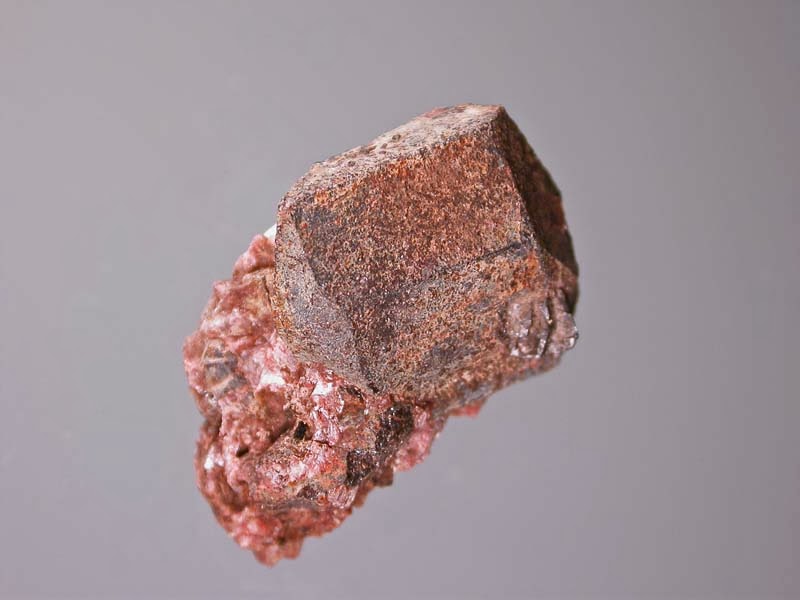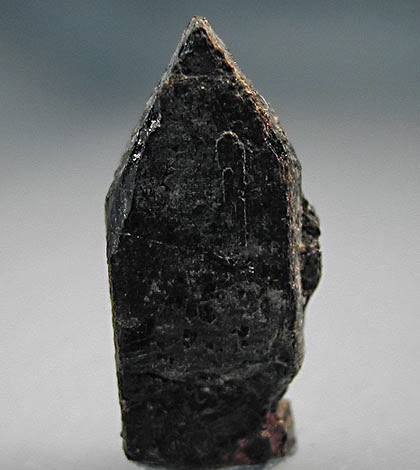
Chemical Formula: (Y,Ca,Ce,U,Th)(Nb,Ta,Ti)2O6
Locality: Jolster, Sondfjord, Norway.
Name Origin: From the Greek for “friendly to strangers, hospitable,” in allusion to the rare elements that it contains.
Euxenite, which is sometimes named euxenite-(Y) (the Y is for the yttrium), is a mineral that is sometimes called a “trash can mineral”. Because it will accommodate a wide variety of elements in its crystal structure, generally the elements that other minerals do not seem to want, ie the “trash”. For euxenite, these elements are in a group called the rare earths and are sometimes quite valuable, making euxenite a potentially profitable ore. Euxenite’s name is from a Greek phrase meaning “hospitable”, another reference to its . . . accommodating nature.
Euxenite is in a series with the mineral polycrase, another “trash can mineral”. Polycrase is simply richer in titanium as opposed to the niobium rich euxenite. The other elements can be found in both minerals and the structure is basically the same.
Physical Properties
Cleavage: None
Color: Brownish black, Brown, Yellow, Olive green.
Density: 4.7 – 5, Average = 4.84
Diaphaneity: Translucent to opaque
Fracture: Brittle – Generally displayed by glasses and most non-metallic minerals.
Hardness: 6.5 – Pyrite
Luminescence: Non-fluorescent.
Luster: Greasy (Oily)
Streak: reddish brown
Photos :













